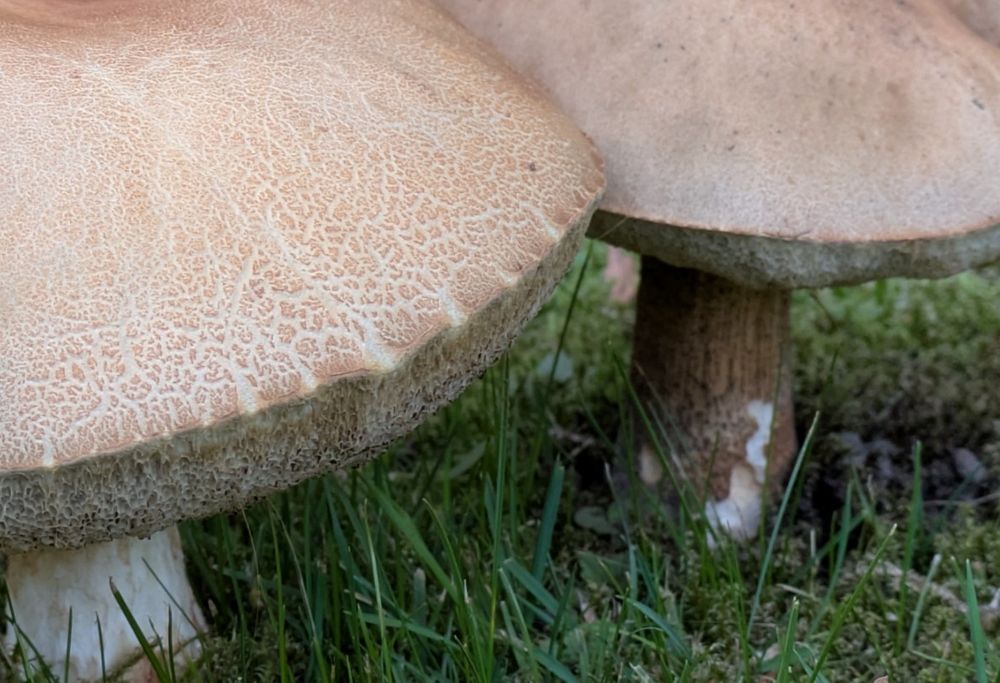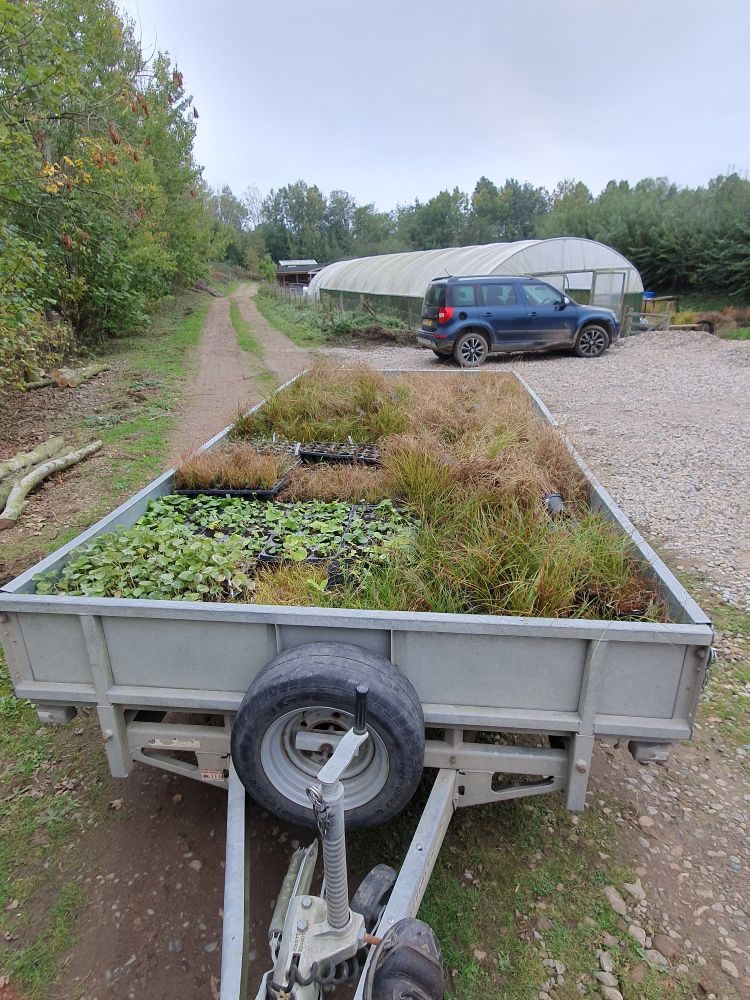Botanical surveyor and artist based in the Tees Valley, England.
If it's about plants, I'll be interested.
http://theintermingledpot.wordpress.com

Read the full article here: doi.org/10.1177/0959...

Read the full article here: doi.org/10.1177/0959...

@wonkyeggs.bsky.social
@botanicalmartin.bsky.social
www.ecos.org.uk/ecos-45-3-ho...



I can find it listed as Calluna vulgaris (L.) Hull var. hirsuta (Waitz) S.F. Gray but Stace 2019 doesn't include it; a (recessive) mutation a bit like white flowers but less common?

I can find it listed as Calluna vulgaris (L.) Hull var. hirsuta (Waitz) S.F. Gray but Stace 2019 doesn't include it; a (recessive) mutation a bit like white flowers but less common?








I was delighted to read in the most recent BSBI News that one of these, the Glenridding Hawkweed, last seen in 1953, has been rediscovered!!
📷: Mark Lynes

I was delighted to read in the most recent BSBI News that one of these, the Glenridding Hawkweed, last seen in 1953, has been rediscovered!!
📷: Mark Lynes




Rabbit poo for scale.
#WildflowerHour


Rabbit poo for scale.
#WildflowerHour
Morcella crassipes, by R. Baker, April. 1896, at Claverton. crassipes meaning thick-footed or thick-stemmed.
One of its vernacular names is Big-foot Morel.
Possibly painted at an art class in the Severn region of Clevedon, Avon. @botanicalmartin.bsky.social

Morcella crassipes, by R. Baker, April. 1896, at Claverton. crassipes meaning thick-footed or thick-stemmed.
One of its vernacular names is Big-foot Morel.
Possibly painted at an art class in the Severn region of Clevedon, Avon. @botanicalmartin.bsky.social
Link to BSBI Atlas - plantatlas2020.org/atlas/2cd4p9...



Link to BSBI Atlas - plantatlas2020.org/atlas/2cd4p9...

With @wonkyeggs.bsky.social who did all the digital recording because I (🙄)hadn't downloaded the @plantlifeuk.bsky.social waxcap app




With @wonkyeggs.bsky.social who did all the digital recording because I (🙄)hadn't downloaded the @plantlifeuk.bsky.social waxcap app



Who led the classes? What was their intent? Nice botanical accuracy @botanicalmartin.bsky.social

Who led the classes? What was their intent? Nice botanical accuracy @botanicalmartin.bsky.social




